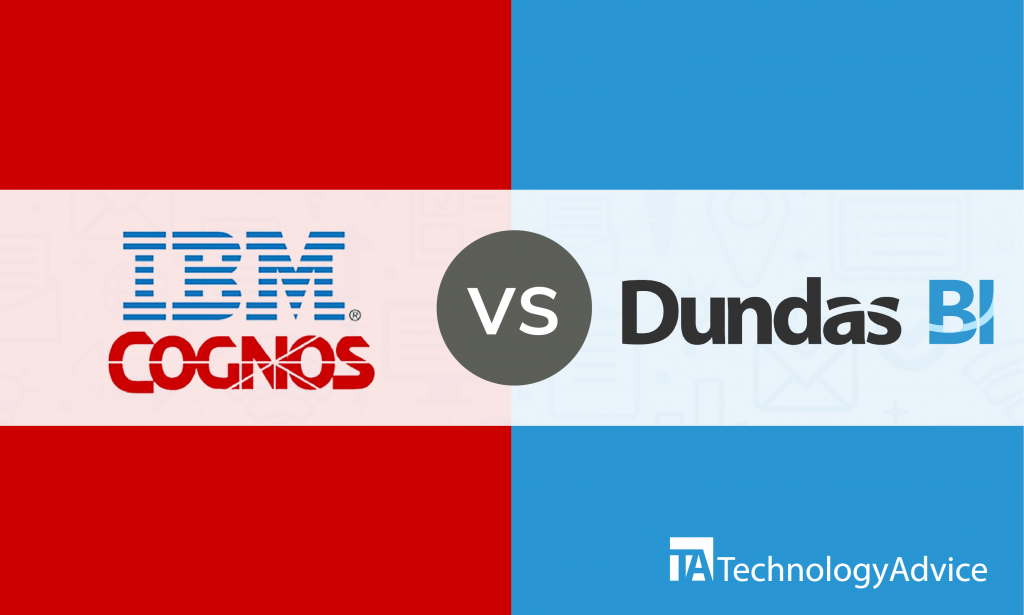Software technology advancement like business intelligence (BI) software helps businesses improve products and services. Such a tool uses data warehousing and visualization, dashboards, and reports to collect, analyze, and transform data into useful business insights. What used to be done only by advanced analytics experts can be performed by all users thanks to BI software. Business-intelligence-related processes that used to take weeks to complete can now be done in minutes or seconds. Such software enables users to choose a course of action based on internal data.
With a BI software, businesses better understand market trends and customer purchasing patterns, avoid business pitfalls, and forecast revenue growth.
We compare two popular business intelligence software: Domo vs. Databox BI. We evaluate their features, integrations, and prices to determine the software that suits your business needs. Use our freeProduct Selection Tool to receive five recommendations from our Technology Advisors. It’s simple to use and takes only five minutes.
Domo vs. Databox BI: An overview
Domo is a cloud-based business intelligence software for all business sizes designed to provide wide data set and connector support in a single platform. It enhances informed decision making and combines data sets with standard SQLs without switching to another app. With mobile integrations, users can access files and data anywhere on both Android and iOS devices. Use its wide array of social sharing features and online discussions, and complete business intelligence processes in minutes at an unbelievable scale. Domo consolidates business data into one self-service solution for real-time and evidence-based decisions.
Databox is a cloud-based business intelligence software designed for all business sizes to improve overall business performance with a single platform for processing, visualization, and data warehousing. Use it to create custom analytics dashboards with data from different sources, and annotate data in the mobile app. Designer users can use Databox’s simple drag-and-drop editor to build KPI dashboards and preview data in real time. Databox’s integration with Android and iOS devices delivers weekly summaries and scorecards for review. Share information using passcodes or Touch ID for security.
A comparison of features
Domo’s features help businesses translate data into meaningful insights:
· Prediction:
Domo comes with predictive and data prep tools for data preparation and processing that non-technical users can manipulate. It has textbots that provide answers and information to users.
· Visualization:
Use the Domo card builder to visualize data through graphs and charts in a drag-and-drop interface. Create stories by combining cards, texts, and images using the Domo Stories feature.
· Connection:
Choose data uploading times with a few clicks and control the status of Domo’s 1,000 pre-built connectors like Salesforce and Facebook for data importing.
· Storage:
Store data from all sources into one platform without requiring aggregate data modeling for access.
Databox processes internal data with these features.
· Gauge chart:
Use Databox’s Gauge Charts to monitor business performance based on goals. Use the software as a visualization tool that lets users set a goal value as a fixed number or another metric.
· Alerts and scorecards:
Use the Daily Scorecard and Weekly Summary to understand business changes on a day-to-day and week-to-week basis. Databox integrates with Slack to bring business insights into Slack conversations.
· Data snapshots and sharing:
Share metrics, graphs, charts, and views with the entire team to solve critical problems faster. Tap the share icon on the upper right hand corner of the screen to create a data snapshot of issues occurring within the software.
· Datawall Carousel Mode:
Display different datawalls in one screen with the Carousel Mode. Users can choose the transition pace between datawalls as the software loops through them.
A comparison of prices
Domo users can choose between two pricing plans: Professional and Enterprise. The Professional and Enterprise Plans are charged on a per user, per month basis and come with unlimited data, security, and advanced governance. To receive full details on pricing and product information, interested parties can request a quote. Contact the vendor directly to ensure your business gets the features it needs for the right price.
Databox comes with a 4-tiered pricing plan: Free, Basic, Plus, and Business. The Free Plan comes with 3 databoards, 3 data sources, and a daily data refresh interval for 3 users. It is suitable for start-ups and individual users. The Basic Plan and the Plus Plan are intended for mid-sized businesses with 10 data sources, 10 databoards, and an hourly data refresh interval for 10 users. However, some Plus Plan features are missing in the Basic Plan. The Business Plan is for enterprise businesses with 50 data sources, 50 databoards, and an hourly data refresh interval for 20 users.
Comparison of integrations
Domo can be seamlessly used with other business apps such as:
· HubSpot
· Magento
· Google Adwords
· Microsoft Excel
· Zendesk
Databox integrates with other apps such as:
· Google Analytics
· HubSpot
· Intuit Quickbooks
· Shopify
Takeaways: Domo vs. Databox BI
Domo and Databox are great business intelligence software for businesses. Both software offer tiered pricing plans to ensure businesses get the features they need for the right price. They integrate with commonly used apps for seamless data processing.
However, start-ups can benefit from Databox’s data snapshots and sharing features to address issues and problems faster. The snapshot provides a picture of the problem without requiring detailed descriptions. Start-ups can better monitor progress through the Daily Scorecards and Weekly Summary features.
If your business is small and starting, it’s good to use Domo’s card builder. Users simply need to combine graphs, texts, and images to come up with a visually enticing report in a drag-and-drop interface.
Still looking for more business intelligence software? Use our Product Selection Tool.





